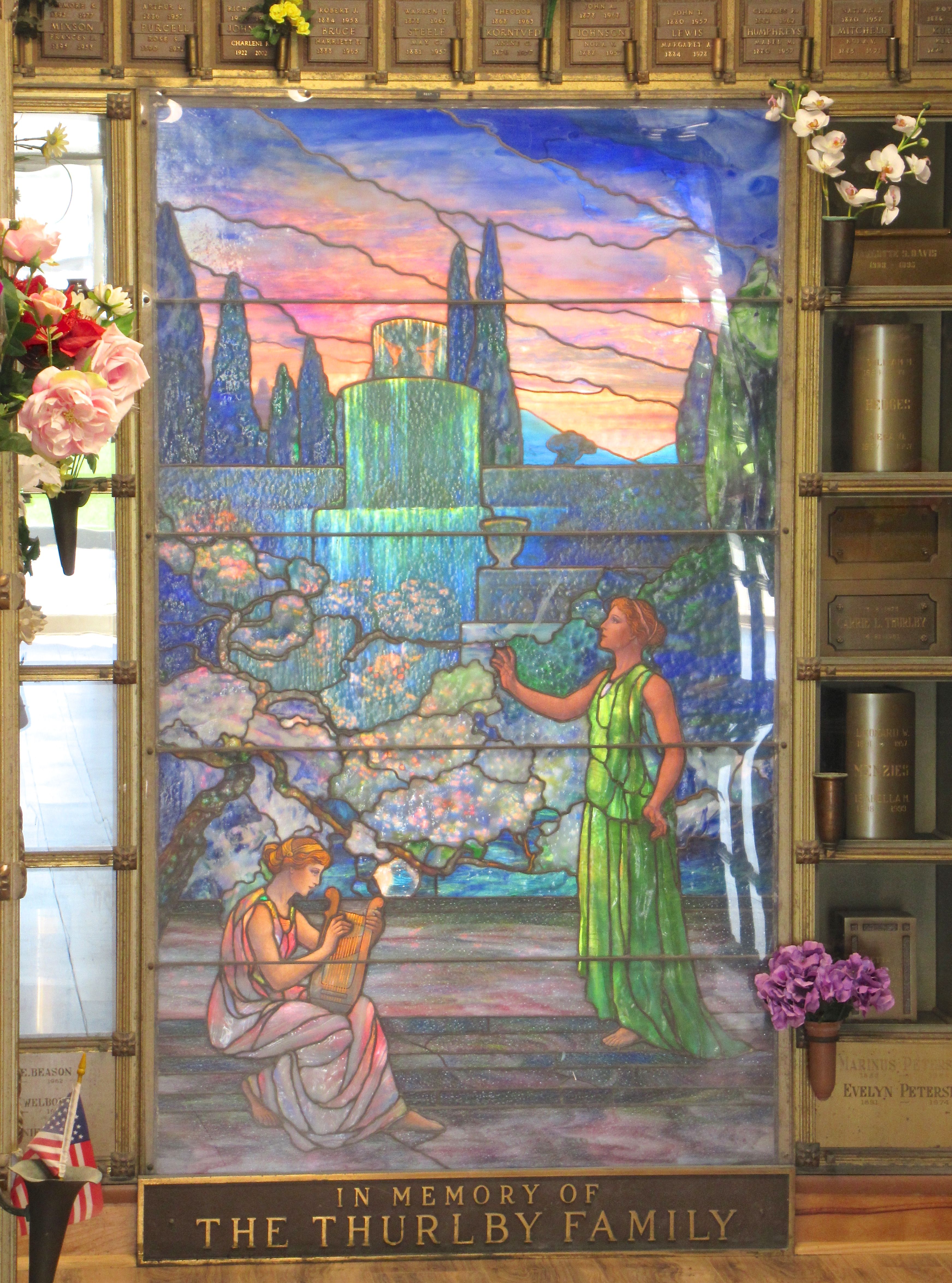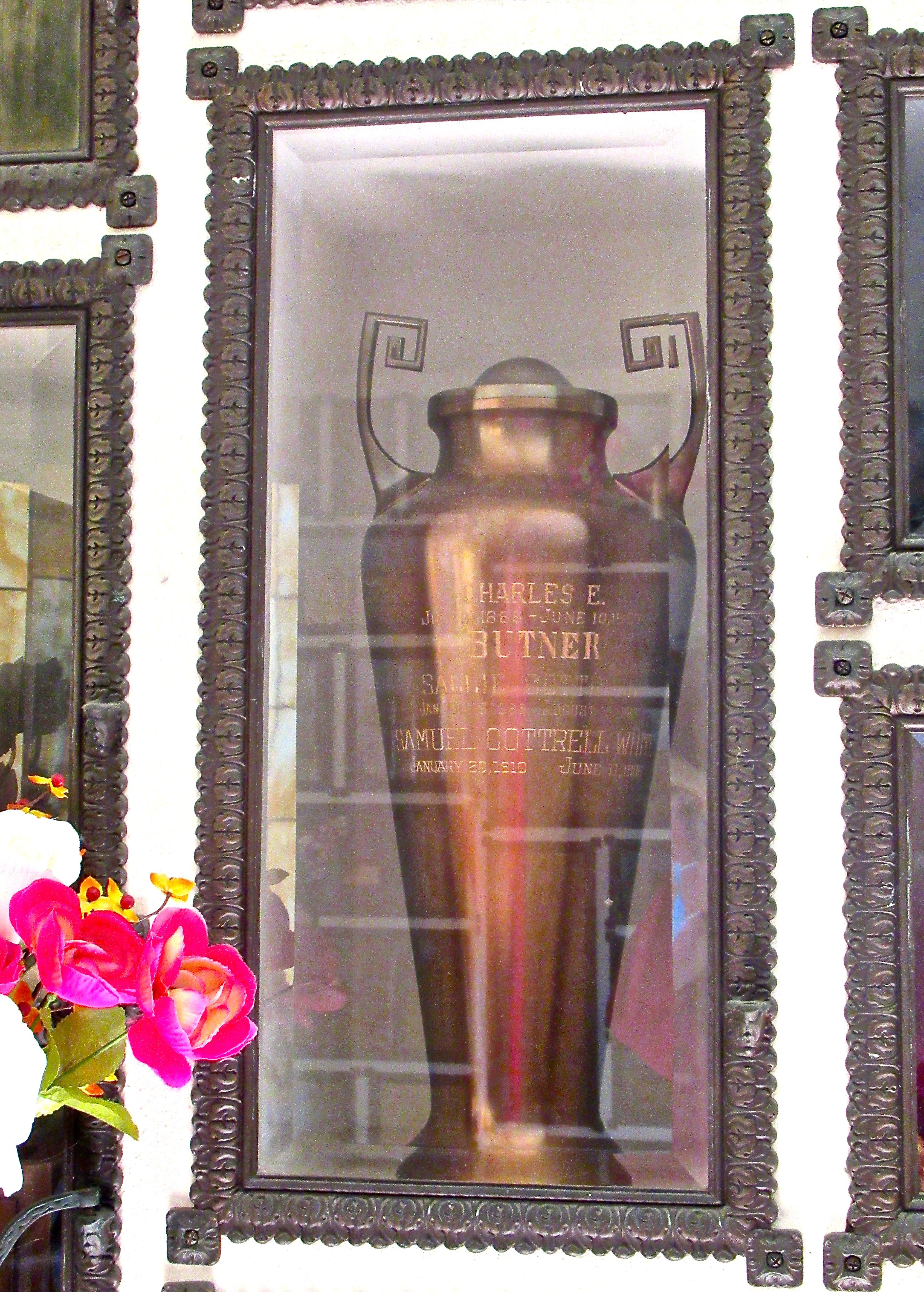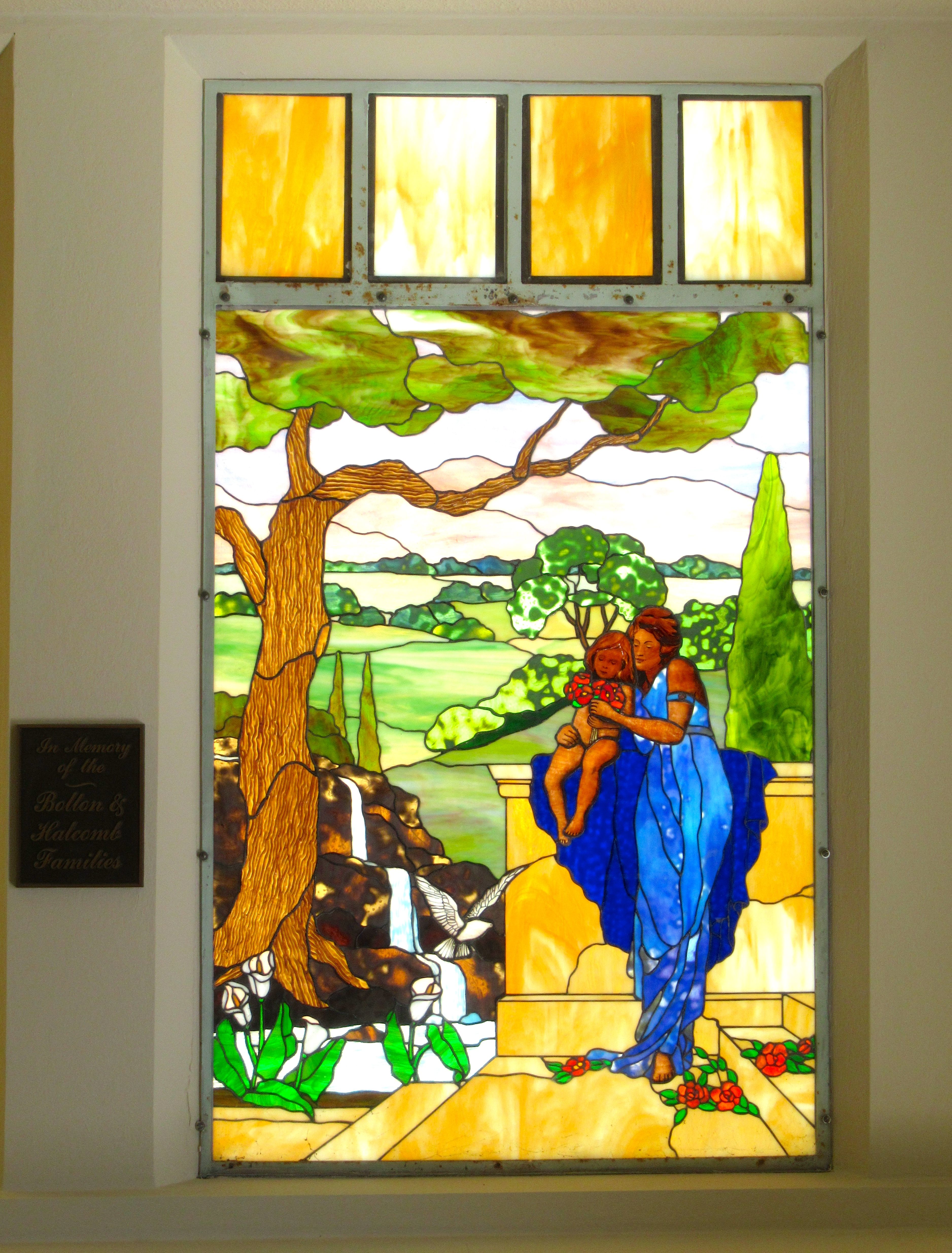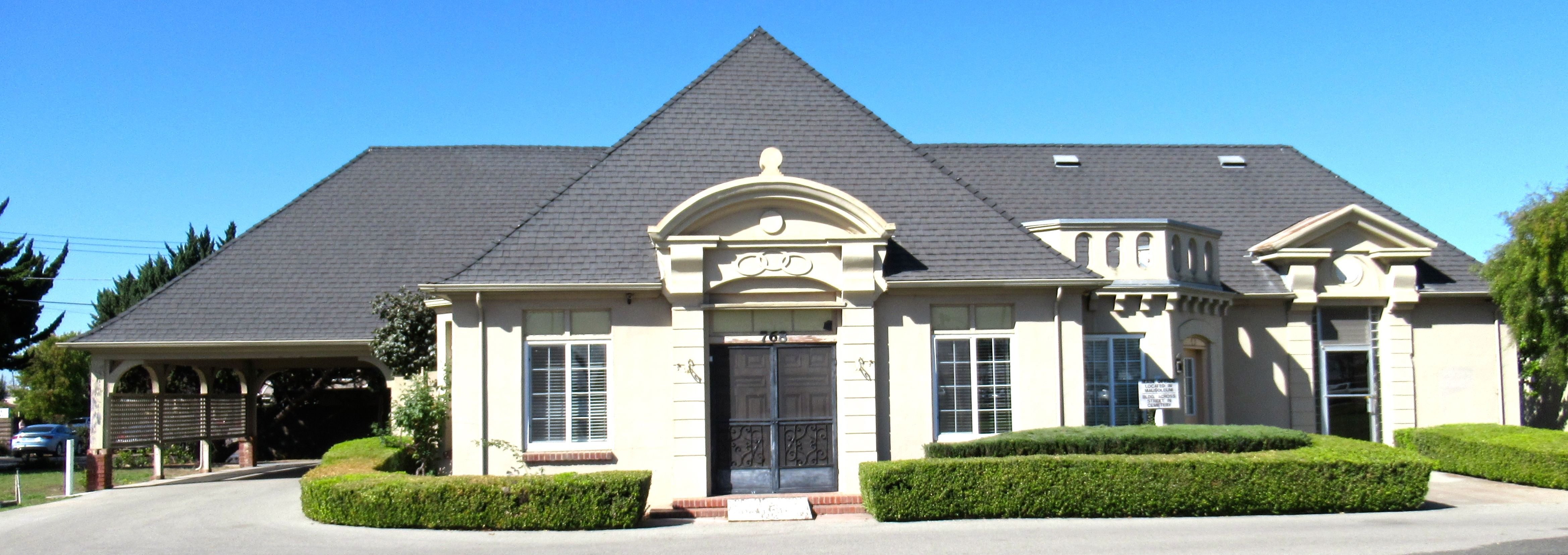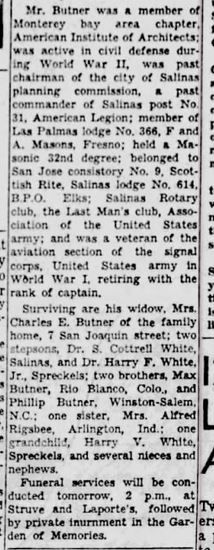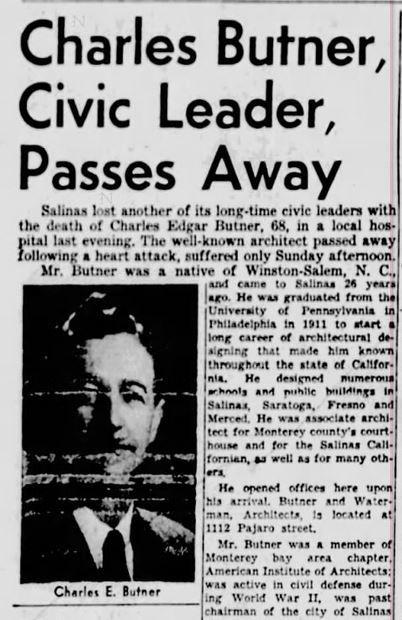The oldest of 5; brother to Daniel Worth Butner Sr, Max Elias, Mary Elizabeth, Phillip
The husband of 1) Katherine Yow,
North Carolina, Marriage Collection, 1741-2004
about Charles E Butner
Name: Charles E Butner
Age: 19
Race: White
Spouse: Katherine Yow
Spouse Gender: Female
Spouse Age: 17
Spouse Race: White
Marriage County: Forsyth
Marriage State: North Carolina
2) Sally C (mnu), per 1930 Census record
Charles Edgar Butner was born in Winston-Salem, North Carolina, on July 31, 1888. Butner enrolled in the Architecture program at the University of Pennsylvania, where he studied under the renowned Beaux-Arts architect and educator Paul Philippe Cret. While at Penn, Butner befriended fellow architecture student Edward Glass (1886-1954), the son of the influential California newspaper publishing family that owned the Fresno Morning Republican.
In 1911, Butner completed his studies at Penn, receiving the Certificate of Proficiency in Architecture. He then ventured to New York to work for Grosvenor Atterbury, FAIA, and landscape architect Fredrick Law Olmsted, Jr., on Forest Hills Gardens, one of the country's oldest planned communities and the most prominent American example of Ebenezer Howard's Garden City movement. Glass, who graduated in 1912, entered the Philadelphia offices of Heacock & Hokinson as a drafter, followed by a stint with the firm of Mills & Bonkirk. He then relocated to New York to take a position with leading classical architects Tracy, Swarthout & Litchfield. In 1913, Glass returned to California, passed the state architectural licensing exam, and settled in San Francisco as a partner in the firm of Smith, Stewart & Glass.
In 1914, Edward Glass returned to Fresno and eventually he and his college friend established the partnership of Glass & Butner. Through the social and political connections of Edward Glass, the young firm secured a number of residential and commercial commissions, as well as large school contracts.
In 1917, Butner was drafted and served during World War I as an aviator in the Army Air Services. He trained at Taylor Field, outside Montgomery, Alabama, served in France, and rose to the rank of captain before he was discharged at the end of the war and returned to Fresno.
In the boom period following the war's end, the firm of Glass & Butner prospered. In October 1919, Governor Stevens appointed Edward Glass to the California State Board of Architecture. That same year, the firm opened an office in San Francisco, where they entered the War Memorial Veterans Building competition with a design proposal costing $2.5 million, but the project became mired in regional politics and was never built. In this same period, Glass and Butner reportedly produced a set of documentary drawings of the missions of California at the request of publisher William Randolph Hearst, but the drawings are now lost. Glass & Butner closed the San Francisco office and in the early 1920s, after nearly a decade together, they dissolved the partnership when Glass' wife became seriously ill. The 2 architects remained close friends, occasionally working together to design a variety of projects over the coming years.
During the early Depression years, Butner attempted to maintain both his original office in Fresno and a branch office in Salinas with his new partner, William Stranahan. Stranahan's sudden death in 1932 prompted Butner to close the Fresno office and move permanently to Salinas.
Charles Butner became a prominent civic leader in that town and built a thriving practice with commissions throughout the Monterey area. He joined the American Institute of Architects on November 10, 1936, and was also a member of the Northern California and eventually the Monterey Bay Area chapters of the AIA.
In both Fresno and Salinas, Butner enjoyed membership in the American Legion, Scottish Rite, Rotary, Elks, and Masons. He managed the firm until his death in Salinas on June 10, 1957, from a heart attack. His wife, Sally, 2 stepsons, 2 brothers, and a sister survived him. 2 of his buildings, the Physicians building (1926) and the Fresno Republican Printery (1919) are listed on the National Register of Historic Places.
Source: History of Fresno County, Paul E, Vandor, Historic Record Company, Los Angeles, CA, 1919.
Fresno has never wanted for professional men of high ideals and wide vision, to build wisely and well for the long, long future. Among such gifted men is Charles Edgar Butner, the well-known architect, who was born in North Carolina on July 31, 1888, the son of Thaddeus Marion and Emilie Worth) Butner. He graduated in 1911 from the University of Pennsylvania.
For a while Mr. Butner worked for the City of Philadelphia, re-planning the new boulevard system, and then he went to New York to help work out the problems of the Russell Sage Foundation, the $10 million movement inaugurated by Mrs. Russell Sage, in 1907, who left that immense sum for "the improvement of social and living conditions in the USA."
He worked on the Model Community at Forest Hills Gardens, Long Island, and both gave and received in the experience. After that, he spent 1-1/2 years looking for an attractive location; and having seen many of the finest neighborhoods in the country, he chose Fresno and its environs, taking up his new residence in February, 1913. An influential Democrat, and always for Fresno and its best interests, Mr. Butner is secretary of the City Planning Commission.
As one of the firm of Glass & Butner, Architects, Mr. Butner planned, among other edifices, the tentative public schools and the County Tubercular Hospital.
He is also designing the new addition to the County Hospital. Besides, he has built many of the finest residences in the town. Among clubs with which he is affiliated may be mentioned the Architectural Society and the T-Square, both of Pennsylvania.
Mr. Butner enlisted in July, 1917, in the air service as private, was commissioned lieutenant in December, 1917, and came out Captain, being honorably discharged at Montgomery, Alabama, on March 10, 1919.
Subscribing to Presbyterian creeds, Mr. Butner also belongs to the Sunnyside Country Club and the Sequoia Club, while he is also a member of the Board of Governors of the University Club — an honor he prizes highly.
Contributor: Lester Letson (46627920) • [email protected] (for burial info) thank u!
The oldest of 5; brother to Daniel Worth Butner Sr, Max Elias, Mary Elizabeth, Phillip
The husband of 1) Katherine Yow,
North Carolina, Marriage Collection, 1741-2004
about Charles E Butner
Name: Charles E Butner
Age: 19
Race: White
Spouse: Katherine Yow
Spouse Gender: Female
Spouse Age: 17
Spouse Race: White
Marriage County: Forsyth
Marriage State: North Carolina
2) Sally C (mnu), per 1930 Census record
Charles Edgar Butner was born in Winston-Salem, North Carolina, on July 31, 1888. Butner enrolled in the Architecture program at the University of Pennsylvania, where he studied under the renowned Beaux-Arts architect and educator Paul Philippe Cret. While at Penn, Butner befriended fellow architecture student Edward Glass (1886-1954), the son of the influential California newspaper publishing family that owned the Fresno Morning Republican.
In 1911, Butner completed his studies at Penn, receiving the Certificate of Proficiency in Architecture. He then ventured to New York to work for Grosvenor Atterbury, FAIA, and landscape architect Fredrick Law Olmsted, Jr., on Forest Hills Gardens, one of the country's oldest planned communities and the most prominent American example of Ebenezer Howard's Garden City movement. Glass, who graduated in 1912, entered the Philadelphia offices of Heacock & Hokinson as a drafter, followed by a stint with the firm of Mills & Bonkirk. He then relocated to New York to take a position with leading classical architects Tracy, Swarthout & Litchfield. In 1913, Glass returned to California, passed the state architectural licensing exam, and settled in San Francisco as a partner in the firm of Smith, Stewart & Glass.
In 1914, Edward Glass returned to Fresno and eventually he and his college friend established the partnership of Glass & Butner. Through the social and political connections of Edward Glass, the young firm secured a number of residential and commercial commissions, as well as large school contracts.
In 1917, Butner was drafted and served during World War I as an aviator in the Army Air Services. He trained at Taylor Field, outside Montgomery, Alabama, served in France, and rose to the rank of captain before he was discharged at the end of the war and returned to Fresno.
In the boom period following the war's end, the firm of Glass & Butner prospered. In October 1919, Governor Stevens appointed Edward Glass to the California State Board of Architecture. That same year, the firm opened an office in San Francisco, where they entered the War Memorial Veterans Building competition with a design proposal costing $2.5 million, but the project became mired in regional politics and was never built. In this same period, Glass and Butner reportedly produced a set of documentary drawings of the missions of California at the request of publisher William Randolph Hearst, but the drawings are now lost. Glass & Butner closed the San Francisco office and in the early 1920s, after nearly a decade together, they dissolved the partnership when Glass' wife became seriously ill. The 2 architects remained close friends, occasionally working together to design a variety of projects over the coming years.
During the early Depression years, Butner attempted to maintain both his original office in Fresno and a branch office in Salinas with his new partner, William Stranahan. Stranahan's sudden death in 1932 prompted Butner to close the Fresno office and move permanently to Salinas.
Charles Butner became a prominent civic leader in that town and built a thriving practice with commissions throughout the Monterey area. He joined the American Institute of Architects on November 10, 1936, and was also a member of the Northern California and eventually the Monterey Bay Area chapters of the AIA.
In both Fresno and Salinas, Butner enjoyed membership in the American Legion, Scottish Rite, Rotary, Elks, and Masons. He managed the firm until his death in Salinas on June 10, 1957, from a heart attack. His wife, Sally, 2 stepsons, 2 brothers, and a sister survived him. 2 of his buildings, the Physicians building (1926) and the Fresno Republican Printery (1919) are listed on the National Register of Historic Places.
Source: History of Fresno County, Paul E, Vandor, Historic Record Company, Los Angeles, CA, 1919.
Fresno has never wanted for professional men of high ideals and wide vision, to build wisely and well for the long, long future. Among such gifted men is Charles Edgar Butner, the well-known architect, who was born in North Carolina on July 31, 1888, the son of Thaddeus Marion and Emilie Worth) Butner. He graduated in 1911 from the University of Pennsylvania.
For a while Mr. Butner worked for the City of Philadelphia, re-planning the new boulevard system, and then he went to New York to help work out the problems of the Russell Sage Foundation, the $10 million movement inaugurated by Mrs. Russell Sage, in 1907, who left that immense sum for "the improvement of social and living conditions in the USA."
He worked on the Model Community at Forest Hills Gardens, Long Island, and both gave and received in the experience. After that, he spent 1-1/2 years looking for an attractive location; and having seen many of the finest neighborhoods in the country, he chose Fresno and its environs, taking up his new residence in February, 1913. An influential Democrat, and always for Fresno and its best interests, Mr. Butner is secretary of the City Planning Commission.
As one of the firm of Glass & Butner, Architects, Mr. Butner planned, among other edifices, the tentative public schools and the County Tubercular Hospital.
He is also designing the new addition to the County Hospital. Besides, he has built many of the finest residences in the town. Among clubs with which he is affiliated may be mentioned the Architectural Society and the T-Square, both of Pennsylvania.
Mr. Butner enlisted in July, 1917, in the air service as private, was commissioned lieutenant in December, 1917, and came out Captain, being honorably discharged at Montgomery, Alabama, on March 10, 1919.
Subscribing to Presbyterian creeds, Mr. Butner also belongs to the Sunnyside Country Club and the Sequoia Club, while he is also a member of the Board of Governors of the University Club — an honor he prizes highly.
Contributor: Lester Letson (46627920) • [email protected] (for burial info) thank u!
Family Members
Sponsored by Ancestry
Advertisement
Advertisement













